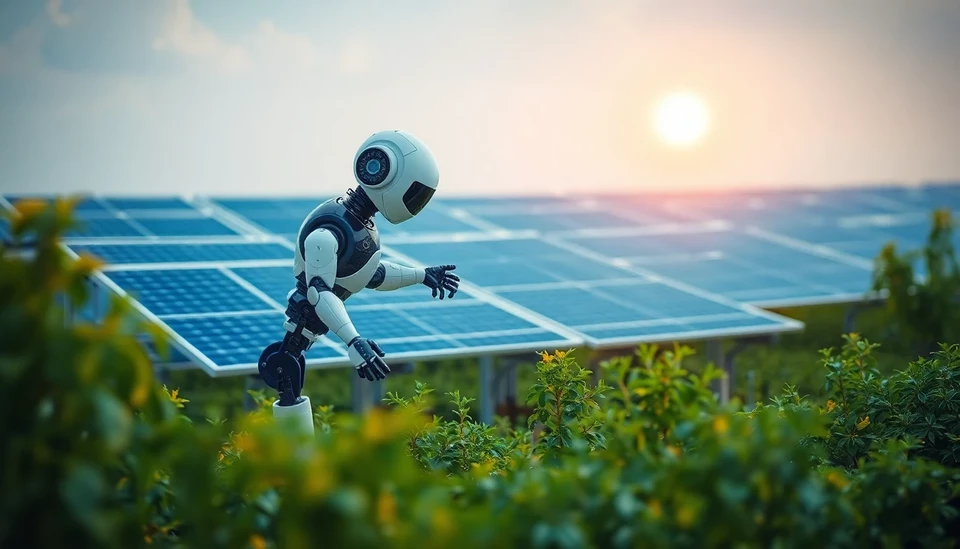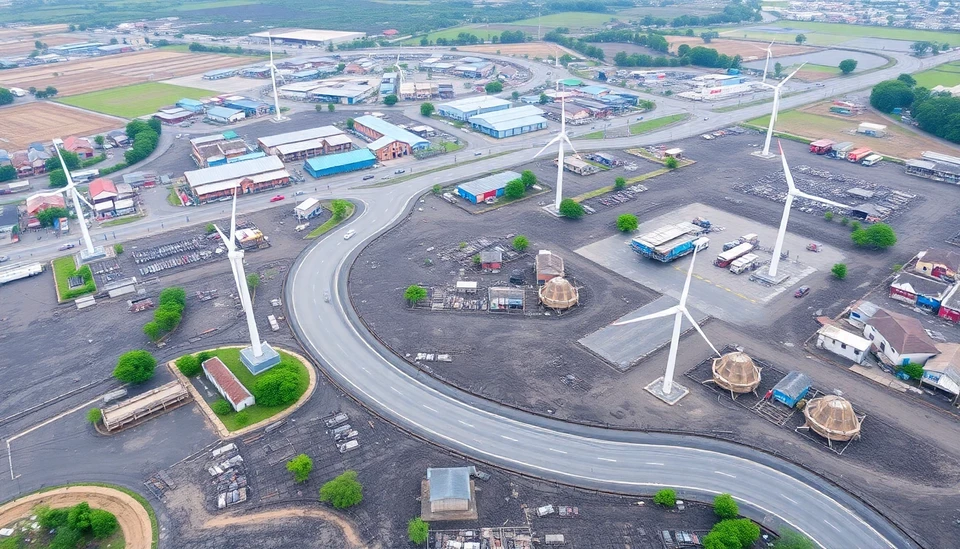
In a significant development for renewable energy, robots have emerged as game-changers in the solar industry, enhancing efficiency and reducing costs in the installation and maintenance of solar panels. As the demand for clean energy continues to surge, innovations in robotics are paving the way for a more sustainable future.
The increasing adoption of solar energy marks a pivotal shift in global energy sources, but the challenges associated with installing and maintaining solar panels have been substantial. Enter robotic technology, which is now streamlining these processes and addressing labor shortages faced by the sector.
Companies specializing in solar technology have begun integrating robotic systems to automate various tasks, from the initial installation of solar panels to their routine maintenance. For instance, advanced robotic arms are designed to handle the heavy lifting required during the installation phase, allowing human workers to focus on more complex tasks that require problem-solving skills.
Moreover, robots equipped with sophisticated sensors can now monitor the health of solar panels, detecting issues before they escalate into more significant problems. This proactive approach not only extends the lifespan of solar energy systems but also ensures that they operate at peak efficiency, maximizing energy output and, in turn, revenue.
The financial implications of these technological advancements are substantial. By automating labor-intensive processes, solar companies can significantly reduce their operational costs. This reduction in costs is crucial as it allows solar energy to compete more favorably with traditional fossil fuels, which continue to dominate the energy landscape.
Furthermore, as the solar industry seeks to meet ambitious climate targets, the use of robots can expedite project timelines, leading to faster deployment of solar solutions around the globe. The potential for scalability offered by robotics means that as the market expands, so too can the capabilities of robotic systems.
Critics of robotic automation often cite concerns over job displacement; however, proponents argue that robots will not replace human workers but rather augment their skills. By taking over repetitive and physically demanding tasks, robots can enable humans to engage in more strategic roles that leverage creativity and specialized knowledge.
As we look to the future of energy production, the synergy between solar energy and robotics is set to improve not only how we harness energy but also how efficiently we can do so. The use of robots in solar energy is more than just a trend; it represents a fundamental transformation in the renewable energy sector that promises to bolster the sustainability and viability of solar power for years to come.
As this innovative technology continues to evolve, it will be fascinating to observe the ongoing impact of robotics on the energy landscape and how it shapes our approach to harnessing clean, renewable energy.
#SolarEnergy #Robotics #CleanEnergy #RenewableResources #Innovation #SustainableFuture #EnergyEfficiency #ClimateAction #TechForGood
Author: Sophie Bennett




